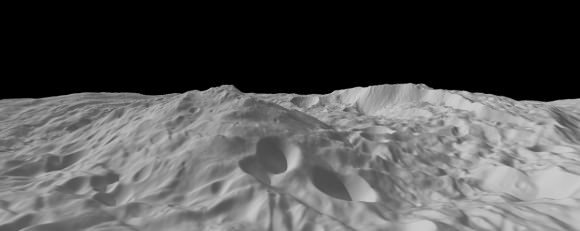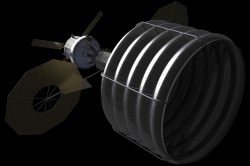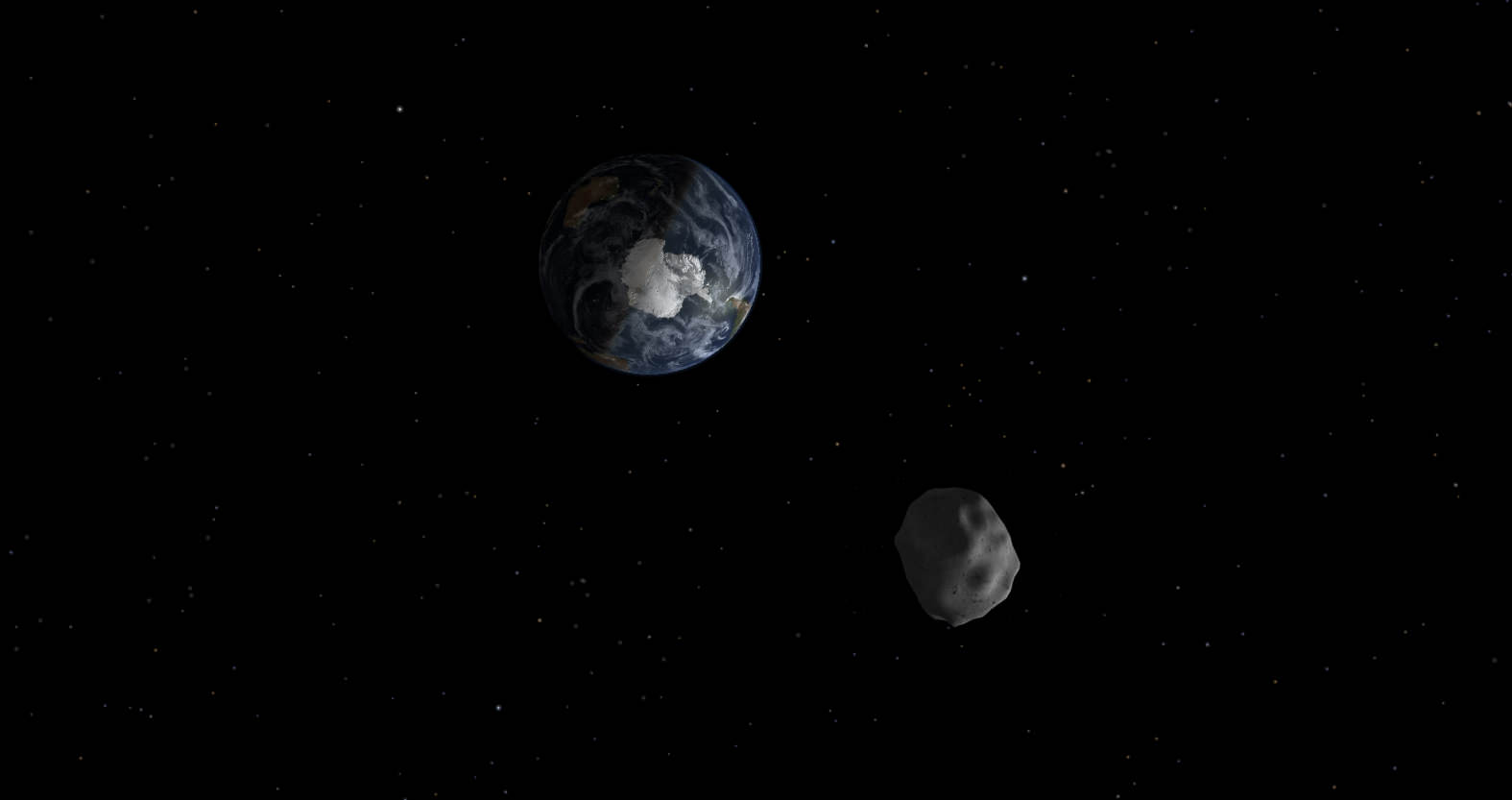As NASA works through proposals for an asteroid retrieval mission, a new paper shows that there are other research groups considering which asteroids to pick first.
One scientific team has identified 12 “Easily Retrievable Objects” in our solar system that are circling the sun and would not cost too much to retrieve (in relative terms, of course!)
The definition of an ERO is an object that can be captured and brought back to a stable gravitational point near Earth (called a Lagrange point, or more specifically the L1/L2 points between the sun and the Earth.) The change in speed necessary in these objects to make them easily retrievable is “arbitrarily” set at 500 meters per second (1,641 feet/second) or less, the researchers stated.

Catching the objects wouldn’t just be a technology demonstration, but also could shed some light into how the solar system formed. Asteroids are generally considered leftovers of the early days of the neighborhood; under our current understanding of the solar system’s history, a spinning disc of gas and dust gradually clumped into rocks and other small objects, which eventually crashed into each other and formed planets.
Also, steering these objects around has another benefit: teaching humans how to deflect potentially hazardous asteroids from smacking into the Earth and causing damage. As we were reminded about earlier this year, even smaller rocks such as the one that broke up over a portion of Russia can be hazardous.

There are at least a couple of big limitations to the plan. The first is to make sure not to put the asteroid in a path that would hit the Earth. The second is that he L1 and L2 points are somewhat unstable, so over time the asteroid would drift from its spot. It would need a nudge every so often to keep it in that location.
That said, NASA is taking a serious look at the matter, as well as two groups that would like to mine asteroids: Planetary Resources and Deep Space Industries.
For the curious, this is the complete list of possible asteroids: 2006 RH120, 2010 VQ98, 2007 UN12, 2010 UE51, 2008 EA9, 2011 UD21, 2009 BD, 2008 UA 202, 2011 BL45, 2011 MD, 2000 SG344 and 1991 VG.
More details are available in the paper, “Easily retrievable objects among the NEO population“, which is published in the August 2013 edition of Celestial Mechanics and Dynamical Astronomy. A preprint version is also available on Arxiv.


Ha! Ha! “EROs” – Easy Retrievable Objects. I love it! Sounds like some last man standing by the bar (or woman for that sake). Easy now NASA, parental guidance adviced! 😛
I don’t understand what you’re talking about.?§
The plan is simply that the erected probe will pick up the EROs object and bring it home to the test bed, where manned exploration of its topological surface will penetrate its juicy craters repeatedly until foreign body seismic activity is recorded, or probe fuel exhausted, whichever comes first.
Very funny, both of you! 😉
Get an asteroid with ice, crash it into the moon.
boom….
Water to sustain a moon base. job done
Didn’t you hear? There is already a lot of water on the moon.